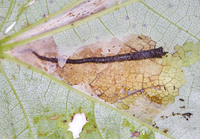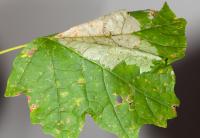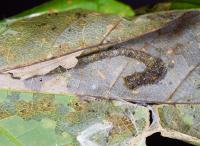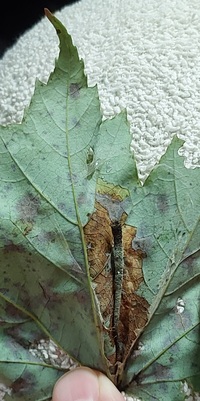
| Recorded by: Mark Basinger on 2025-08-15
Ashe Co.
Comment: | 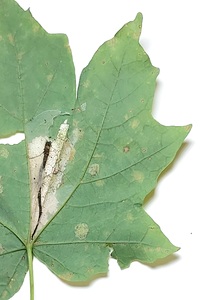
| Recorded by: Mark Basinger on 2025-08-15
Ashe Co.
Comment: |

| Recorded by: Mark Basinger on 2025-08-15
Ashe Co.
Comment: | 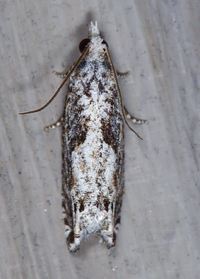
| Recorded by: Jim Petranka on 2025-05-01
Madison Co.
Comment: Dissected. |
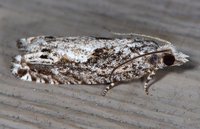
| Recorded by: Jim Petranka on 2025-05-01
Madison Co.
Comment: Dissected. | 
| Recorded by: Lior S. Carlson, Dean Furbish on 2025-03-11
Orange Co.
Comment: |

| Recorded by: Jim Petranka and Mark Basinger on 2024-08-06
Mitchell Co.
Comment: | 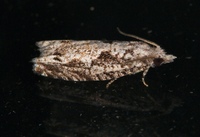
| Recorded by: Jim Petranka on 2024-05-14
Madison Co.
Comment: |
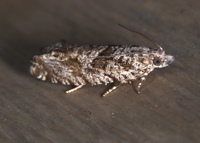
| Recorded by: Jim Petranka on 2024-05-05
Madison Co.
Comment: | 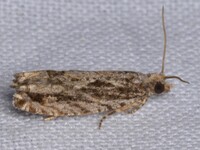
| Recorded by: David George, Stephen Dunn, Jeff Niznik on 2024-04-29
Chatham Co.
Comment: |

| Recorded by: David George, Stephen Dunn on 2023-08-12
Caswell Co.
Comment: | 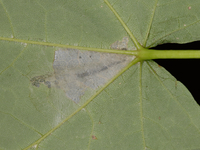
| Recorded by: Jim Petranka, Becky Elkin and Bo Sullivan on 2023-08-09
Ashe Co.
Comment: |
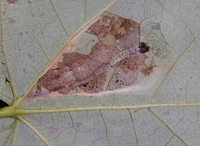
| Recorded by: Jim Petranka, Becky Elkin and Bo Sullivan on 2023-08-08
Wilkes Co.
Comment: | 
| Recorded by: David George, Becky Watkins on 2023-08-06
Orange Co.
Comment: on Acer floridanum |
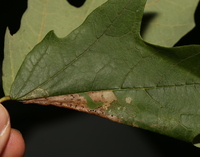
| Recorded by: David George, Becky Watkins on 2023-08-06
Orange Co.
Comment: | 
| Recorded by: Jim Petranka and Becky Elkin on 2022-10-04
Transylvania Co.
Comment: |
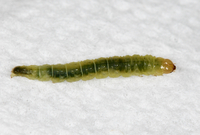
| Recorded by: Jim Petranka on 2022-09-08
Yancey Co.
Comment: | 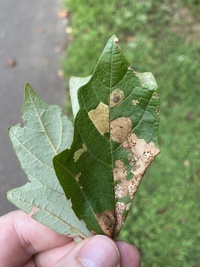
| Recorded by: David George on 2022-09-07
Orange Co.
Comment: |

| Recorded by: David George on 2022-09-07
Orange Co.
Comment: | 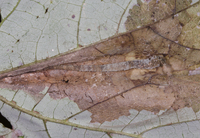
| Recorded by: Jim Petranka and Becky Elkin on 2022-08-24
Macon Co.
Comment: |

| Recorded by: Jim Petranka and Becky Elkin on 2022-08-24
Macon Co.
Comment: | 
| Recorded by: Jim Petranka and Becky Elkin on 2022-08-24
Macon Co.
Comment: |
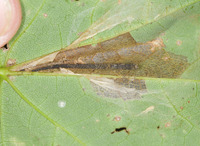
| Recorded by: Jim Petranka and Becky Elkin on 2022-08-10
Mitchell Co.
Comment: | 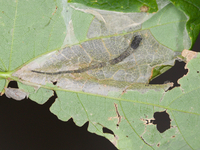
| Recorded by: Jim Petranka and John Petranka on 2022-08-09
Watauga Co.
Comment: |
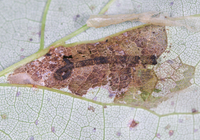
| Recorded by: Jim Petranka and Becky Elkin on 2022-08-02
Jackson Co.
Comment: On Red Maple. | 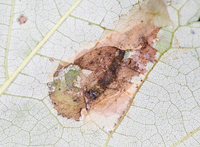
| Recorded by: Jim Petranka and Becky Elkin on 2022-08-02
Jackson Co.
Comment: Frass tube on Red Maple. |
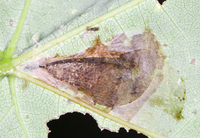
| Recorded by: Jim Petranka on 2022-07-11
Henderson Co.
Comment: | 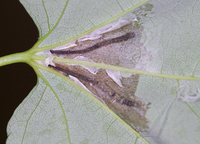
| Recorded by: Jim Petranka on 2022-06-23
Buncombe Co.
Comment: |
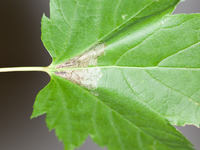
| Recorded by: Jim Petranka on 2022-06-23
Buncombe Co.
Comment: | 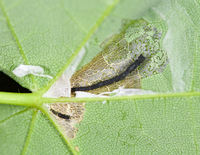
| Recorded by: Jim Petranka on 2022-06-23
Buncombe Co.
Comment: |
|

 »
»